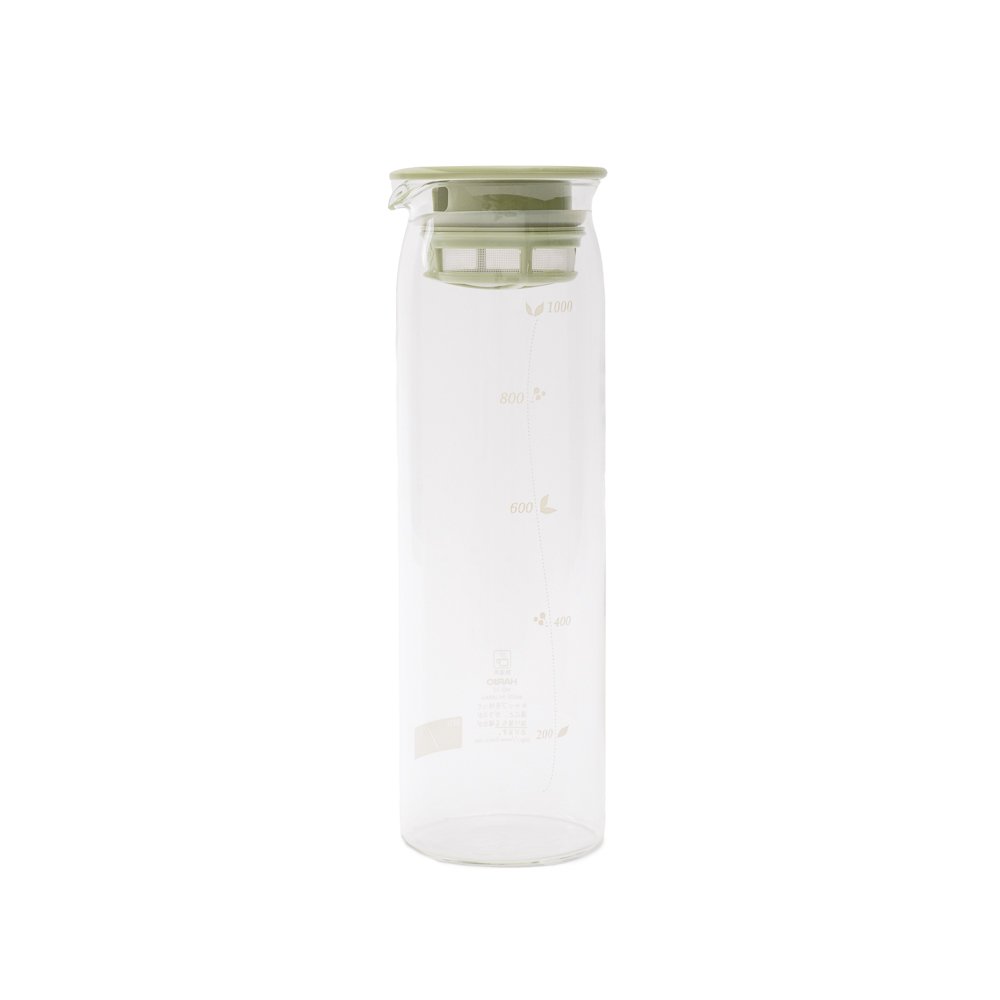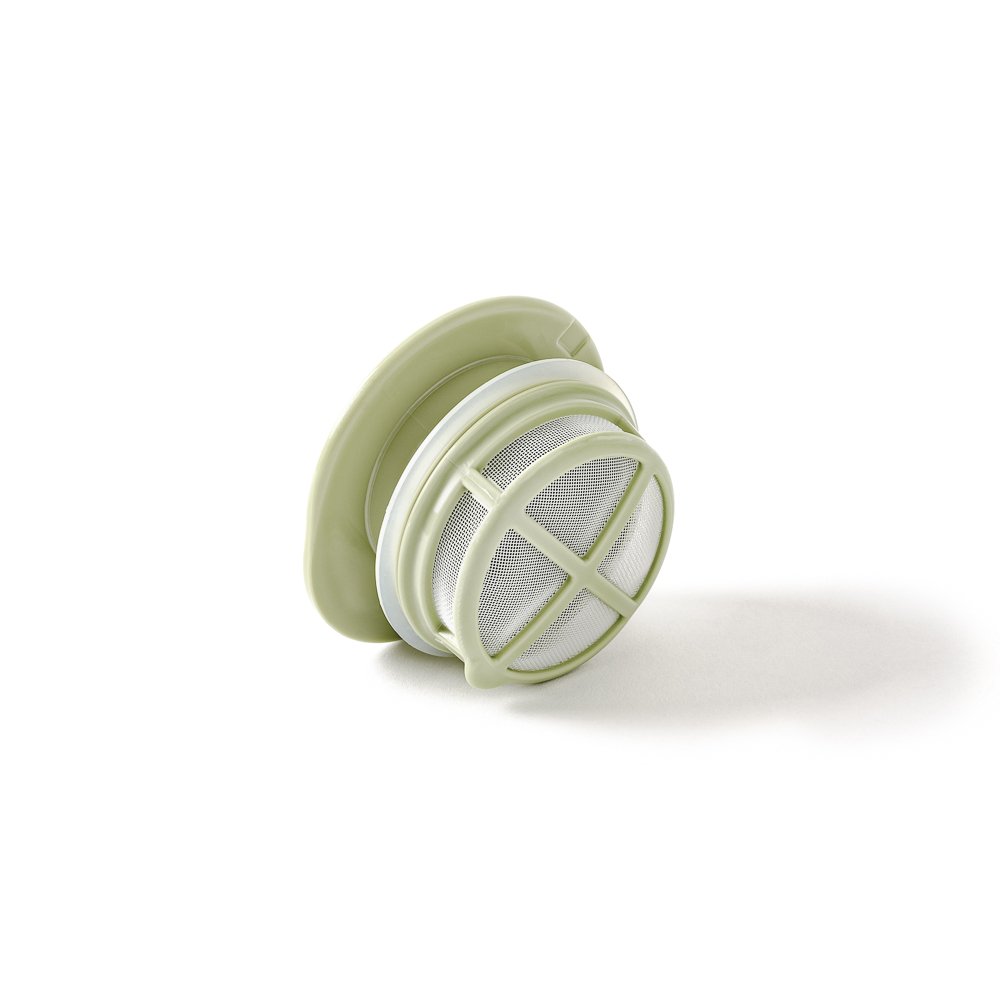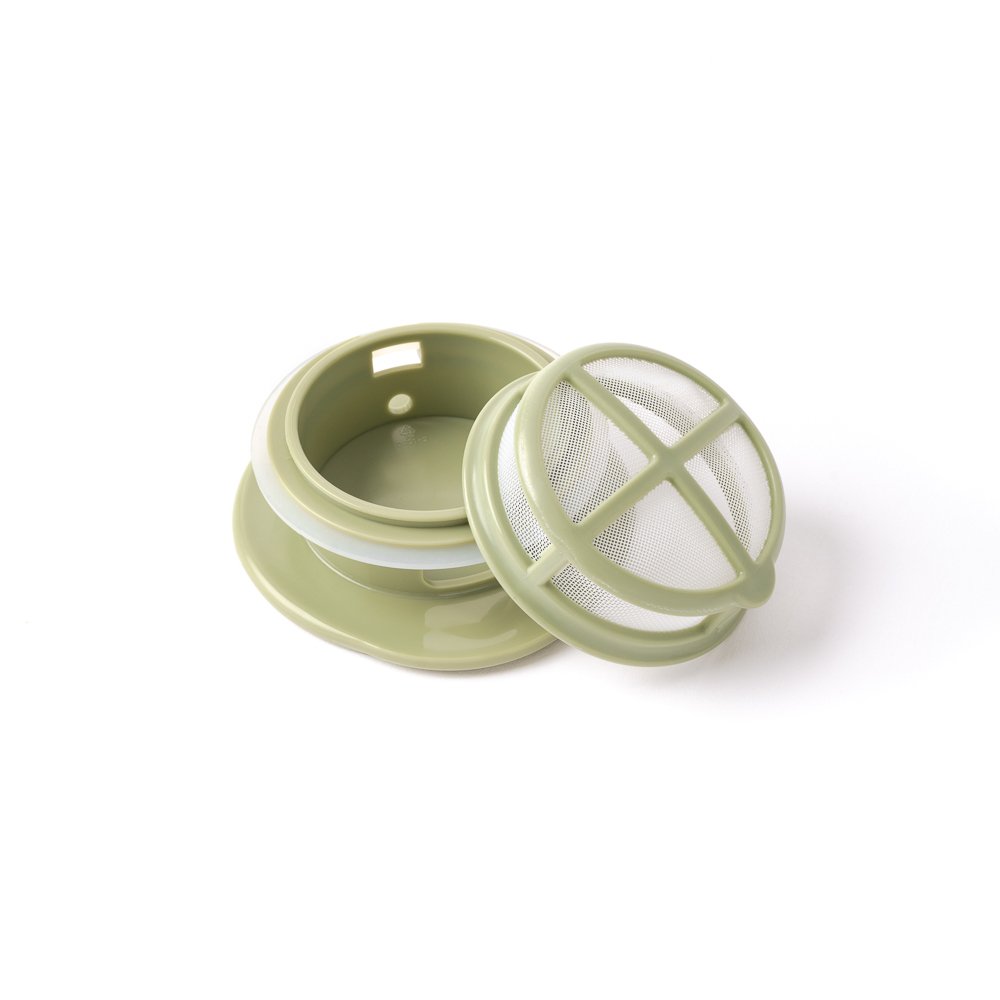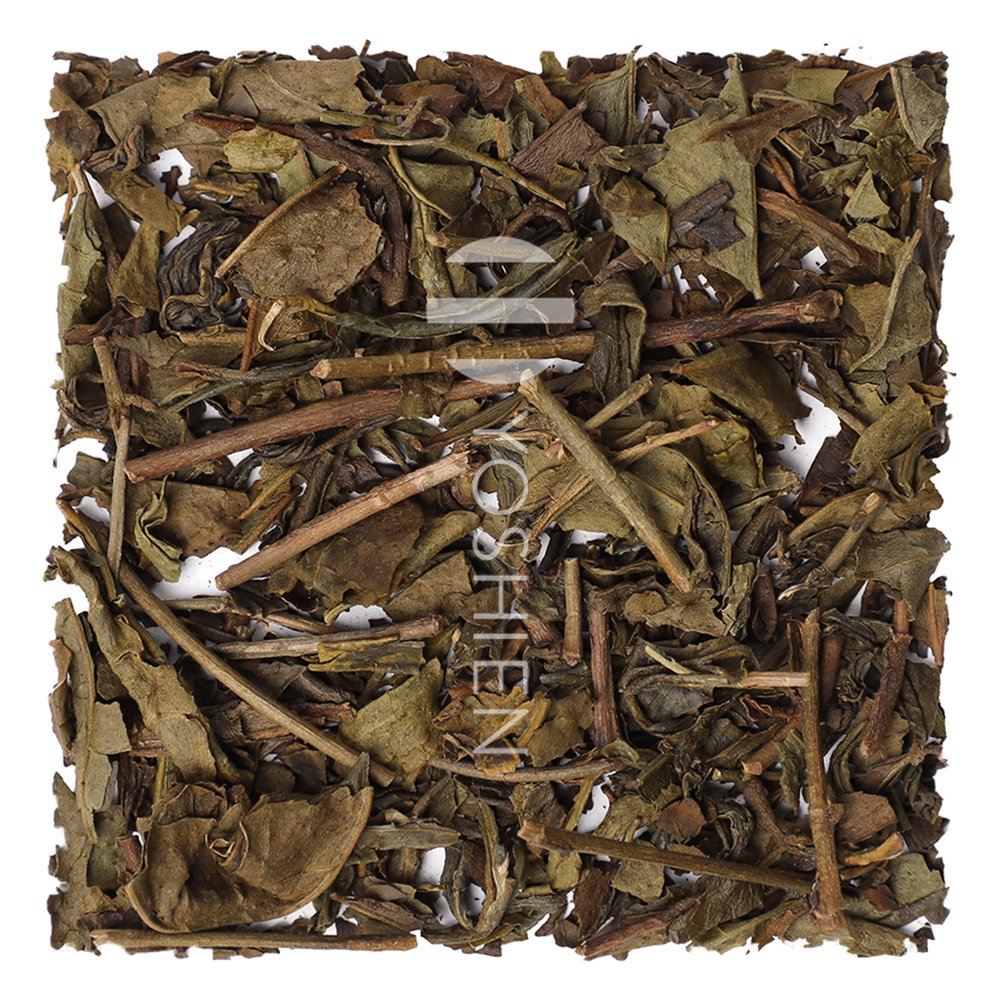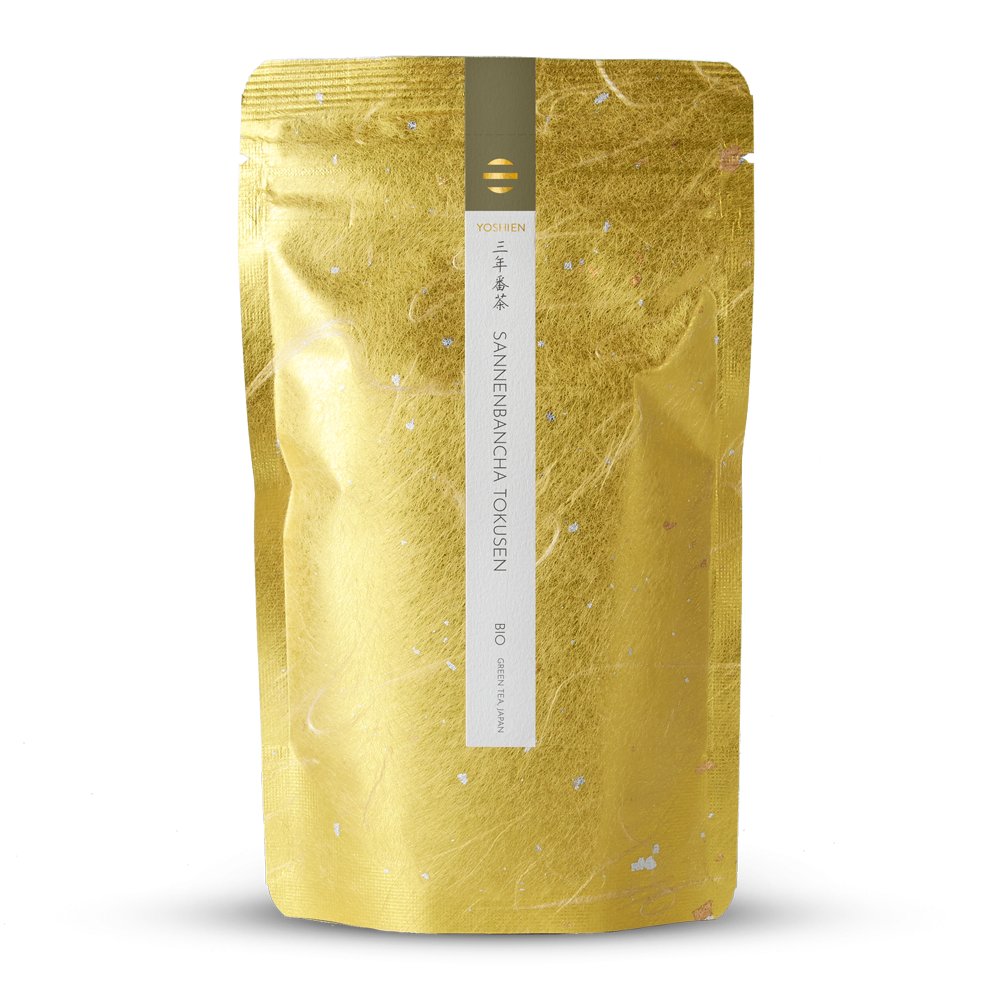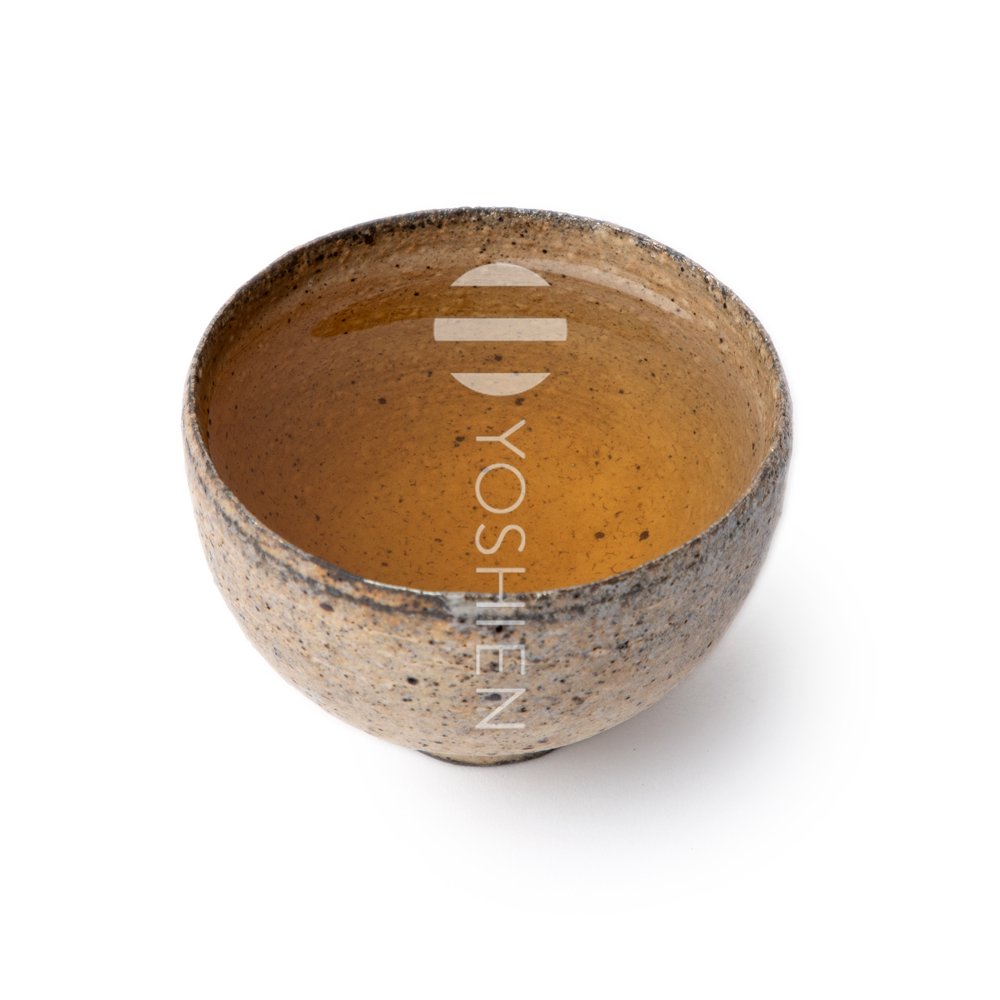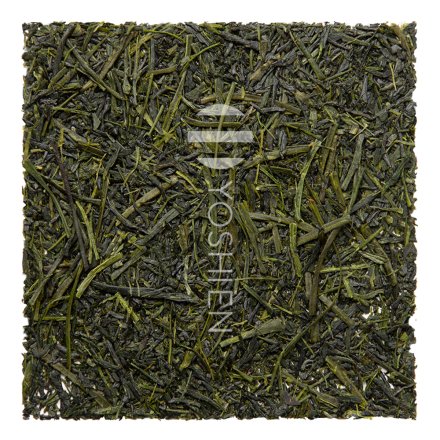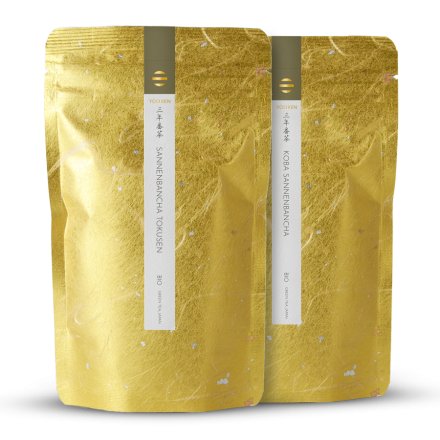Sannenbancha
Organic Iced Tea Set
Set
SKU
1242-bundle
The top organic sannenbancha from Miyazaki Sabo, an award-winning tea farm, paired with an original Mizudashi iced tea bottle by Hario in Japan. 1,000ml bottle + 100g tea
Organic Tokusen Sannenbancha Bio 100g, Super Premium (98/100 P.)
- Autumn harvest
- 70% leaves
- Matured for a full 3 years (Sannen)
- Very high polysaccharide content, with a mild sweetness
- Alkaline
- Very low in caffeine
- Kamairicha and makibi hand-roasted in small batches
- A rarity
Mizudashi Iced Tea Bottle Hario 1,000ml
- Original Mizudashi tea carafe by Hario, Japan
- Integrated filter and closure create an optimally suited container for the preparation and storage of cold-brew tea
Hario Mizudashi Cold Brew Flask
The classic Mizudashi cold brew tea pot from Hario for steeping tea slowly in cold water for a sweeter, less bitter brew. Made of top quality, dishwasher-safe, heat- and cold-resistant borosilicate glass with a BPA-free plastic lid and removable fine mesh strainer. Suitable for cold brewing all kinds of tea, especially green teas.
View moreOrganic Sannenbancha Tokusen
Our personal favourite complex sannenbancha. Aged for 3 years (jukusei). From the award-winning tea farm of Miyazaki Sabo in Gokase, Japan. Rare. 100g
View more



